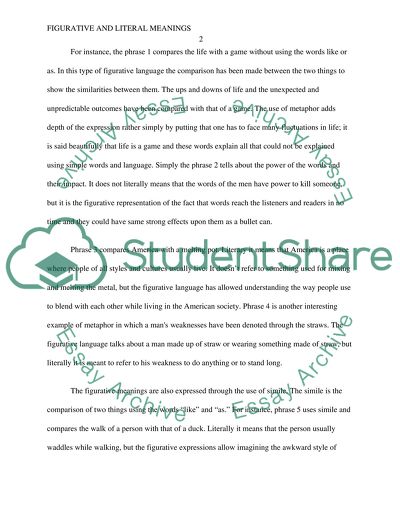Cite this document
(“Figurative and Literal Meanings of Phrases Research Paper”, n.d.)
Figurative and Literal Meanings of Phrases Research Paper. Retrieved from https://studentshare.org/literature/1597645-comparison-of-figurative-and-literal-meanings-of-phrases
Figurative and Literal Meanings of Phrases Research Paper. Retrieved from https://studentshare.org/literature/1597645-comparison-of-figurative-and-literal-meanings-of-phrases
(Figurative and Literal Meanings of Phrases Research Paper)
Figurative and Literal Meanings of Phrases Research Paper. https://studentshare.org/literature/1597645-comparison-of-figurative-and-literal-meanings-of-phrases.
Figurative and Literal Meanings of Phrases Research Paper. https://studentshare.org/literature/1597645-comparison-of-figurative-and-literal-meanings-of-phrases.
“Figurative and Literal Meanings of Phrases Research Paper”, n.d. https://studentshare.org/literature/1597645-comparison-of-figurative-and-literal-meanings-of-phrases.


